全站搜索
Search the entire website
Search the entire website
Gold ores refer to the minerals having gold elements or gold compounds. Through beneficiation, gold ores can be processed into gold concentrates. Then, through smelting or other methods, users can produce gold products. For gold ore beneficiation, there are multiple stages including crushing, grinding, classification and separation. Firstly, by crushers, raw gold ores can be crushed into little particles. Next, those particles would be sent into grinding mills to be ground into fine powders. Finally, through specific beneficiation methods such as gravity separation and flotation, gold concentrates can be got.
ZONEDING MACHINE specializes in making machines for processing minerals. ZONEDING builds crushing machines for different types of rock.
Gold ore needs special crushing. Crushing gold ore is the first big step in getting the gold out. It is not just about breaking big rocks; it is about preparing the ore so you can get the tiny gold pieces later. The crushing plant gets the ore ready for the next steps, like grinding and then cleaning processes such as flotation or leaching.
How the gold ore is crushed strongly affects how much gold can finally be recovered. Doing this correctly helps you get more gold, making your mining project more profitable.
ZONEDING understands these critical steps and specializes in providing the right crushing solutions for gold ore.
Here are very common gold ore crushing plants for reference. They have been proven by practice. And they have the advantages as follows:
Gold ore is not all the same. Some gold ore is hard. It is like breaking very tough rock. Other gold ore is softer. It is easier to break. Gold ore also has gold inside it. The gold can be in small pieces you can see. Or it can be very tiny pieces you cannot see. Sometimes the gold is stuck inside other minerals, like quartz or sulfide minerals. This is called “locked” gold. How the gold is in the rock matters a lot for crushing. The “personality” of your specific gold ore tells you how to crush it.
Breaking hard gold ore needs very strong crushing machines. These machines use a lot of power. They also wear out their parts faster because the rock is tough and might be abrasive. Abrasive rock grinds away the metal surfaces inside the crusher. Soft gold ore is easier to break. But you must be careful. If you break soft ore too much, you make a lot of fine dust. This fine dust can cause problems later in the cleaning process. It can make you lose gold. Your gold ore might also have clay or be wet. This makes it sticky. Sticky ore does not move smoothly through the machines. It can cause blockages. This stops the plant. So, the crushing plant must handle these things: hardness, abrasiveness, and stickiness. The machines must be strong. They must be set up right. They must match the needs of your specific gold ore. An expert will look at your ore and tell you the best way to break it.
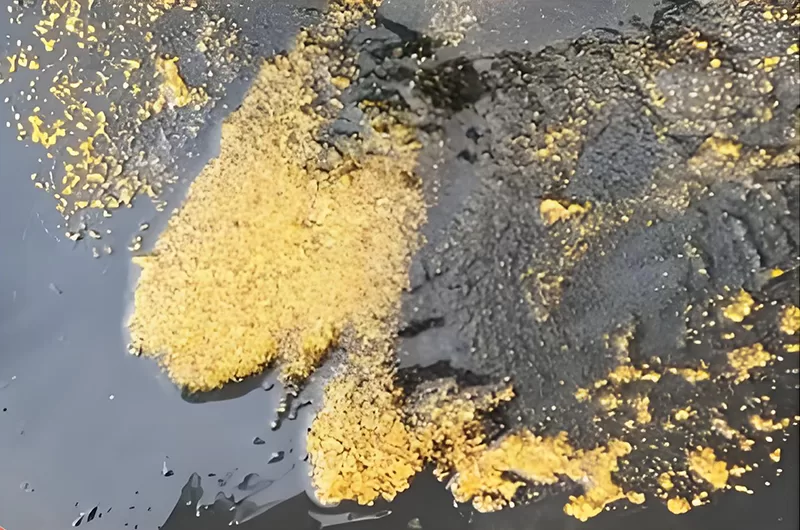
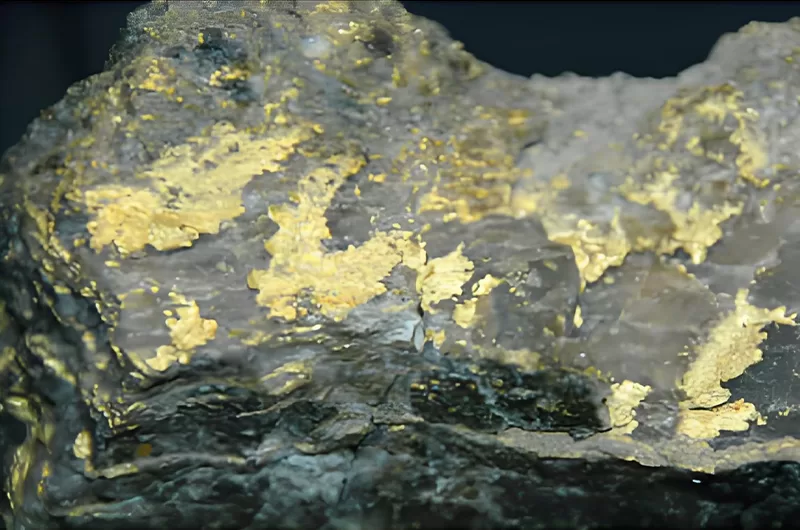
Gold ore can be divided into main types. These are oxide ores and sulfide ores. They need slightly different crushing approaches. Oxide gold ores usually have gold that is more free. The gold is often in small cracks or on surfaces. These ores are often softer. They might be easier to crush. But they can sometimes be sticky because of clay. Crushing oxide ores focuses on breaking the rock enough to expose the gold for leaching (like heap leaching or CIL/CIP). You need to control the fines made because too many fines can make leaching harder or use more chemicals.
Sulfide gold ores have gold stuck inside sulfide minerals like pyrite. These ores are often harder and more abrasive. The gold is “locked” inside the sulfides. You must break these ores much finer to “liberate” the gold from the sulfide minerals. This usually needs more crushing stages and more grinding after crushing. The crushing aims to prepare the ore for grinding. The grinding then makes the particles small enough to free the tiny gold hidden inside the sulfides. This fine material then goes to processes like flotation or complex leaching. For sulfide ores, the crushing stage is important to reduce the work needed in the grinding mill. You need strong crushers (Jaw Crusher, Cone Crusher) that can handle the hardness and abrasiveness. You need a crushing process that gives the grinding mill a good size feed.
| Gold Ore Type | Hardness (Often) | Abrasiveness (Often) | Gold Location (Often) | Crushing Focus |
|---|---|---|---|---|
| Oxide | Softer | Lower | Free, in cracks | Breaking to expose gold for leaching, control fines |
| Sulfide | Harder | Higher | Locked in sulfides | Breaking to prepare for fine grinding (liberation) |
You need the right crushing machines for gold ore. The choice depends on your ore type and how much ore you need to crush per hour or per day. For the very first crushing step, taking big rocks from the mine, you need a primary crusher. A Jaw Crusher is a very common choice. It is very strong. It takes big, rough pieces of gold ore. It squeezes them between two powerful plates. This breaks the ore into smaller pieces. Jaw crushers are reliable for hard rock.
After the jaw crusher, the ore is still too big for the next steps. You need secondary and sometimes tertiary crushing. Cone Crushers are widely used for these stages. They break rock by squeezing it between a moving cone and a bowl liner. Cone crushers work well for breaking hard and abrasive materials. They also help control the final size of the crushed rock. This is important for making the right size for the grinding mill (Ball Mill). For some gold ores, especially those needing very fine crushing before grinding, High-Pressure Grinding Rolls (HPGR) might be used. But a combination of Jaw Crusher and Cone Crusher is a standard and effective setup for most gold ore crushing plants. This setup breaks the ore down in stages, which uses power efficiently and helps manage the product size.
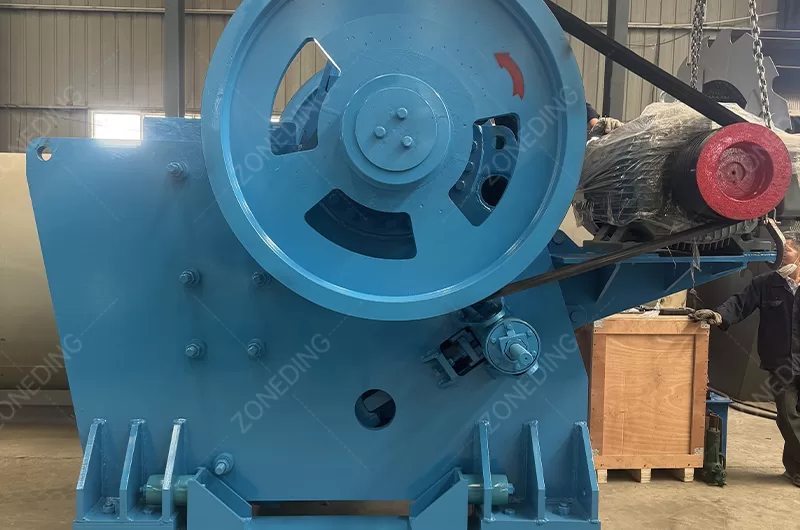
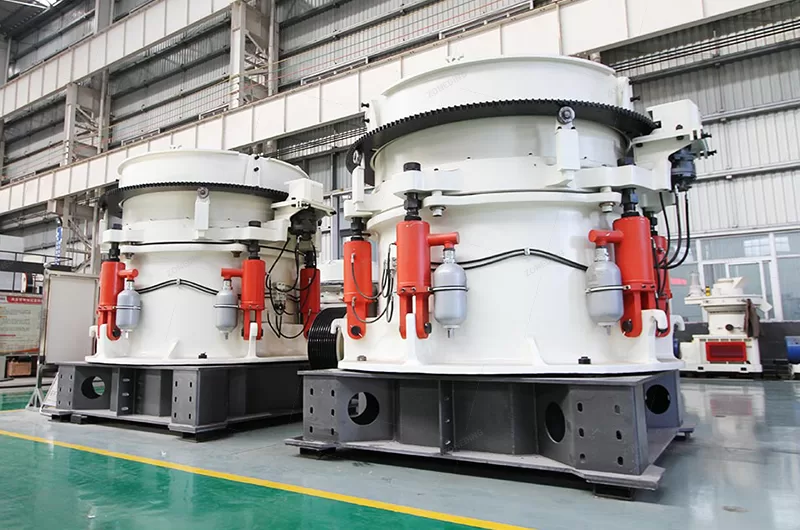
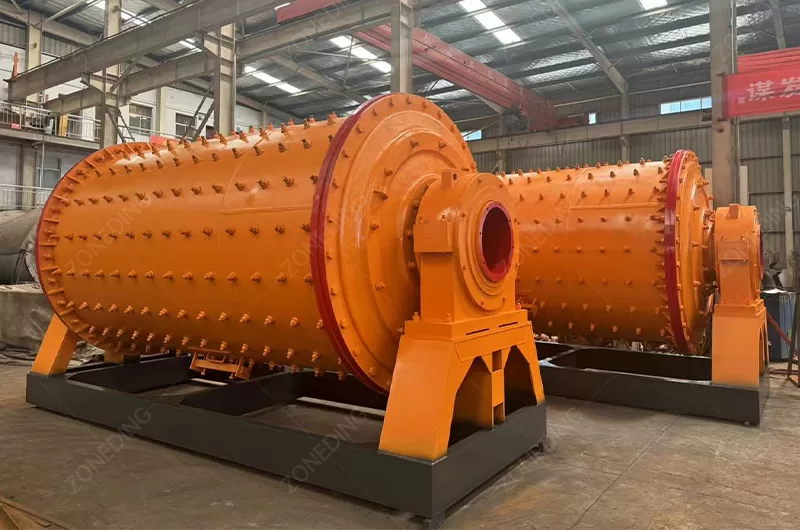
The best setup is the one that breaks your specific gold ore to the right size. This size should liberate the gold minerals as much as possible. But it should also make as little fine dust as possible. This is a balance. A common setup is a primary Jaw Crusher, followed by screens (Vibrating Screen) and then one or two Cone Crushers.
Screens are very important. After each crusher, a screen separates the crushed rock by size. Pieces that are already small enough bypass the next crusher. They go directly to the next step (like grinding). This is called screening. It stops you from over-crushing the ore. Over-crushing wastes energy. It wears out machine parts faster. It also makes more fine dust. A closed crushing circuit uses screens to send larger rock back to the crusher. This makes sure the final product has the right size range. Getting the crushing circuit right is essential. It prepares the feed for the grinding mill (Ball Mill) perfectly. This helps the grinding mill work better. This then helps the gold recovery process work better.
Gold ore can be very abrasive. Abrasive rock rubs away the metal parts inside your crushing machines very fast. These parts are called wear parts. In a Jaw Crusher, the jaw plates wear out. In a Cone Crusher, the cone liners and bowl liners wear out. The screens (Vibrating Screen) also wear out. When wear parts wear out, you have to stop the plant. You change the parts. This costs money for new parts. It also costs money because you are not producing gold ore while the plant is stopped. Managing wear costs is a big part of running a gold ore crushing plant. You need ways to make these parts last longer. Saving money on wear parts directly increases your profit.
The best way to make wear parts last is to use the right material for them. For abrasive gold ore, wear parts should be made from special, tough steel alloys. High manganese steel is a common choice. Materials with chrome can also be used. The best material depends on how abrasive your specific gold ore is. A good supplier will analyze your ore sample. Then they will recommend the best wear part material. How you feed the crusher also affects wear. Feeding a steady amount of ore into the crusher helps the wear parts wear evenly. Jamming too much ore in, or feeding it unevenly, can make parts wear out faster in specific areas. Setting up the crusher correctly also helps. Running the machine at the correct settings makes the wear parts last longer. Planning when to change parts, before they break, also saves money and prevents unplanned stops.
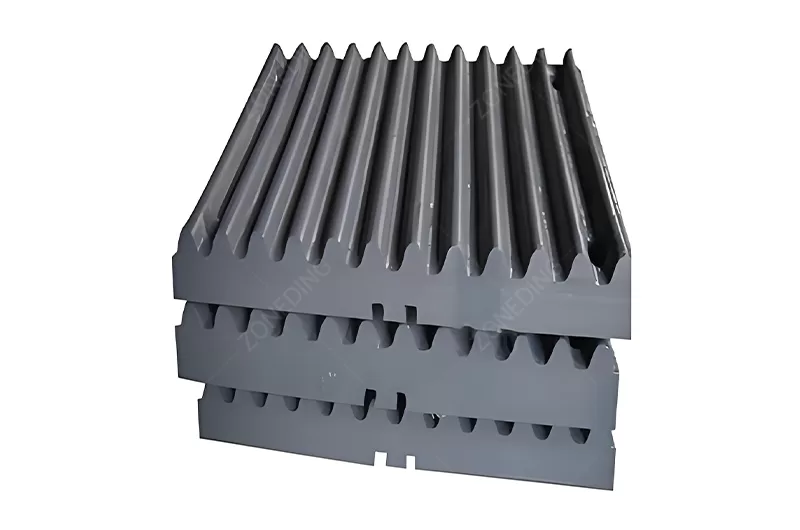
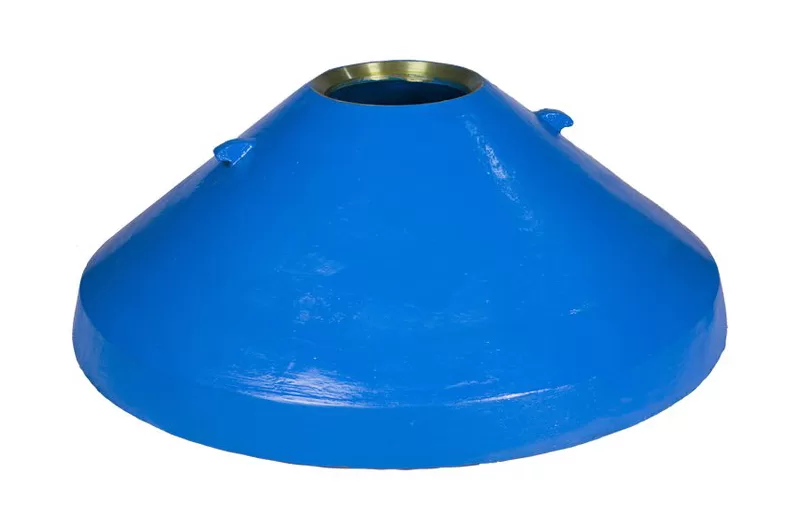
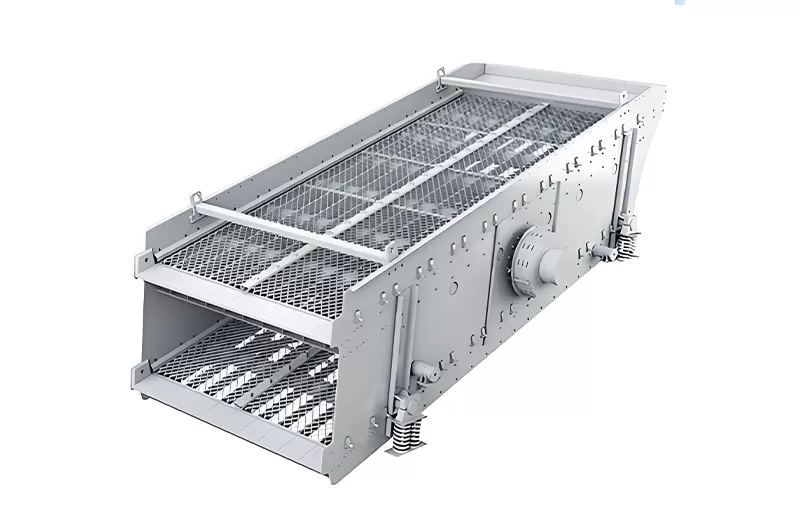
Saving on wear parts costs you less over time. Here are some ways to do it:
A successful gold ore crushing plant must have high output. This means it must crush a large amount of ore every hour or day. It must also produce crushed ore that is ready for the next steps. This “next step” is usually grinding in a Ball Mill or other type of mill. The grinding prepares the ore for gold recovery methods like flotation (Flotation Machine) or leaching. A good crushing process should break the ore efficiently. It should use less energy. It should not make too much fine dust (slimes). Too much fine dust can make gold recovery harder.
A typical and effective gold ore crushing process uses multiple stages. First, a primary crusher (Jaw Crusher) takes large ore from the mine. Then, the ore goes to a screen (Vibrating Screen). The screen removes pieces that are already small enough. The larger pieces go to a secondary crusher (Cone Crusher). There might be another screen and a tertiary crusher (Cone Crusher). This multi-stage crushing with screening at each step is called a closed circuit. It makes sure the ore is broken down efficiently. It reduces over-crushing. This helps control the size of the final product going to the grinding mill. The size distribution of the crushed ore is very important. It affects how much energy the grinding mill will need. It also affects the overall gold recovery from the plant. A well-designed crushing process is the backbone of a successful gold processing plant.
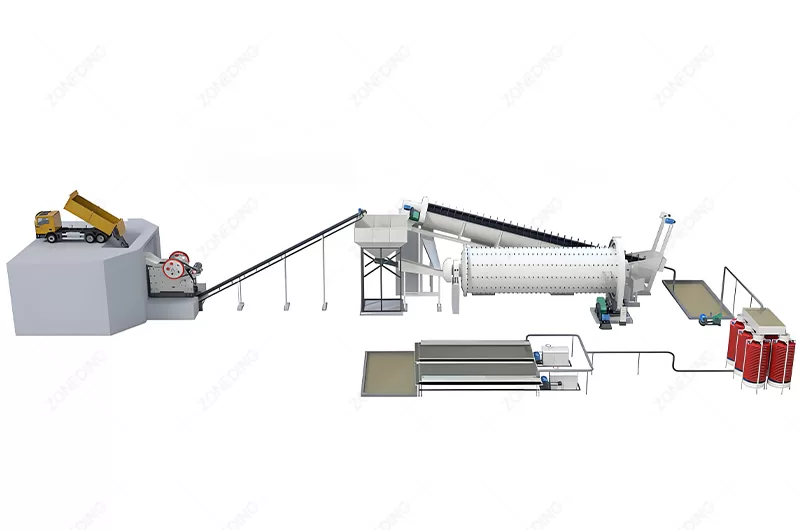
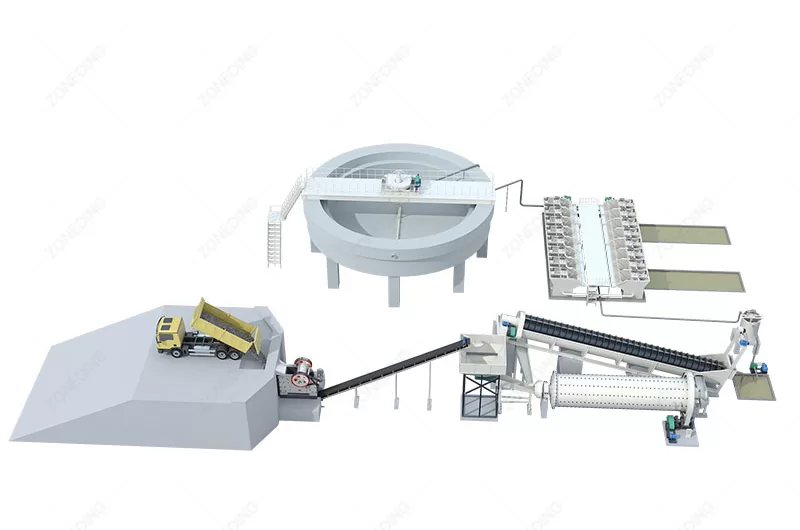
Designing a good process is key. Here is what a typical, efficient process looks like:
The size you crush your gold ore to is very important for getting the gold out. Gold is often found in very small particles inside the rock. To get the gold, you must break the rock enough to free these gold particles. This is called mineral liberation. If the crushed particles are too big, the gold is still trapped inside the rock pieces. Your gold recovery methods (like flotation or leaching) cannot reach the gold. You lose gold in the waste.
The required crushed size depends on how small the gold particles are and how they are locked in the rock. Some gold deposits have coarser gold. You do not need to crush quite as fine for these. Other deposits have very fine gold spread throughout the rock. You need to crush and then grind this ore to a much finer size to free the gold. The crushing stage aims to reduce the ore size efficiently. It prepares the ore for the grinding mill (Ball Mill or Rod Mill). The grinding mill makes the final fine particles that go to processes like flotation (Flotation Machine) or leaching (like CIL/CIP). Making the right size in crushing helps the grinding mill work better. It reduces the energy needed for grinding. It also ensures that the material going into grinding is the right size to achieve good liberation in the mill. Crushing to the correct size helps you recover more gold. Crushing too much creates fine dust which can hurt recovery.
Different ways of getting gold need different particle sizes.
Some gold ores contain clay or a lot of moisture. This makes the ore sticky. Sticky ore is hard to handle. It does not flow well. It can stick to the sides of chutes. It can build up inside crushers (Jaw Crusher, Cone Crusher). It can blind the openings in screens (Vibrating Screen). When material builds up, it causes blockages. A blockage stops the flow of ore through the plant. The whole plant stops working. This costs you money because you are not producing. Clearing blockages can also be dangerous. You need smart ways to deal with sticky gold ore.
Preventing blockages starts with good plant design. Chutes should be designed with steep angles. They should have smooth surfaces. This helps sticky ore slide down. Materials like Ultra-High Molecular Weight Polyethylene (UHMWPE) can be used as liners in chutes and hoppers. This material is very smooth. It helps prevent sticking. Crushers (Jaw Crusher) should have wide openings to handle wet or sticky feed. Feeders (Vibration Feeder) are important to control the flow. They stop you from putting too much sticky ore into the crusher at once. Screens (Vibrating Screen) designed for wet material, like screens with rubber or polyurethane panels, can help prevent blinding. Sometimes, water sprays are used at transfer points to keep dust down, but be careful not to add too much water if it makes the ore stickier. Regular cleaning of sticky build-up in problem areas is also necessary.
Building and running a gold ore crushing plant costs money. The biggest upfront cost is usually the price of the crushing machines (Jaw Crusher, Cone Crusher), screens (Vibrating Screen), feeders (Vibration Feeder), conveyors, and other equipment. But this is only part of the total cost. You also need to pay for transporting the machines to your mine site. You pay for building the plant structures and putting the machines together (installation). Getting permits from the government also costs money and time.
Once the plant is built, there are ongoing costs to run it every day. Electricity is a big cost because crushing hard rock uses a lot of power. Wear parts like crusher liners wear out and need to be replaced often, which is expensive. You pay people to operate the machines and keep the plant running smoothly. Maintenance costs include fixing things when they break and doing planned work to prevent breakdowns. If the plant stops unexpectedly because of a problem, you lose money from lost gold production. Other costs include water for dust control, chemicals, and fuel if you use diesel generators. When you plan your project, you must look at all these costs over the life of the mine. A cheaper machine might seem good at first, but if it uses a lot of power or breaks down often, it can cost you much more in the long run. The real cost is the cost to crush one ton of ore efficiently.
Here are the main costs for a gold ore crushing plant:
Mobile crushing plants are built on wheels or tracks. They can move from one part of the mine to another. For some gold mining projects, mobile crushers (Mobile Jaw Crusher, Mobile Cone Crusher) can be a very good choice. If your gold deposit is spread out, or if you are mining in different areas over time, a mobile crusher can move closer to where the mining is happening. This means you do not have to transport the raw gold ore very far. Hauling raw ore is expensive. Moving the crusher saves money on trucks and fuel.
Mobile crushers can be primary crushers (Mobile Jaw Crusher) or secondary crushers (Mobile Cone Crusher). They can also include screens on the same chassis (Mobile Vibrating Screen). They are good for projects that need to start operations quickly. They are faster to set up than building a large, fixed crushing plant. They are also useful for temporary projects or for mines that are just starting (early-stage mining). However, mobile plants might have lower total capacity compared to large fixed plants. They might also have higher running costs if they use diesel engines instead of cheaper grid electricity. So, a mobile plant might not be the best choice for a very large gold mine that will run in one place for many, many years. But for remote locations, smaller deposits, or projects needing flexibility and fast setup, a mobile crushing solution can be very smart. ZONEDING offers mobile crushers that are strong and reliable for gold ore.
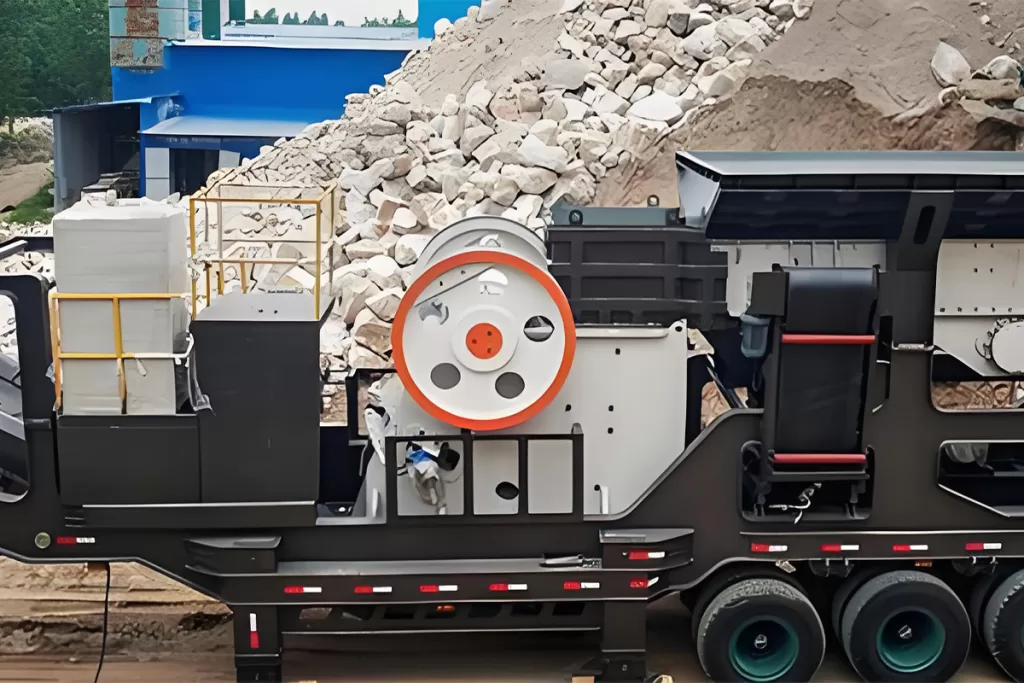
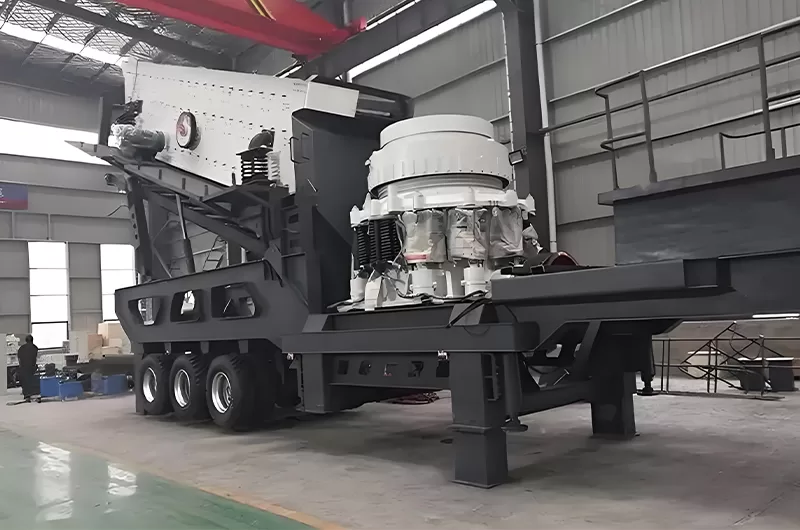
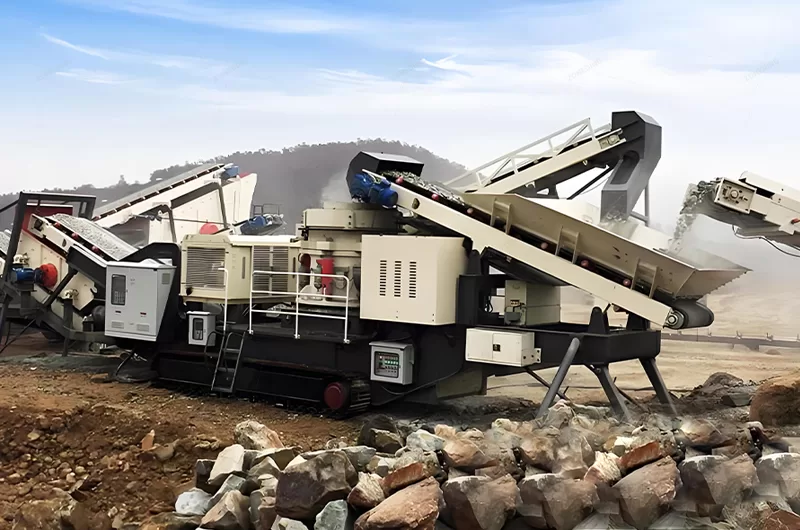
Choosing the right company to supply your gold ore crushing plant is a very important decision. You need a partner who understands gold ore processing. Gold ore is complex and varies greatly. A good supplier knows the challenges of crushing gold ore. They know how different types of gold ore behave in a crusher. They understand that the crushing process must prepare the ore for the best possible gold recovery later. They should have experience designing and building crushing plants for gold mines.
Look for a supplier with a long history in the mineral processing industry. Ask them about their past gold projects. They should have engineers who are experts. These engineers should take the time to learn about your specific gold ore. They should ask for samples to test its properties. They will use this information to design a crushing plant that is right for your ore and your gold recovery method (like flotation (Flotation Machine) or leaching). A strong supplier gives you more than just machines. They provide a complete solution. This includes helping you design the whole plant layout, manufacturing reliable equipment, helping install it at your mine site, training your team, and providing support and spare parts over the years. Gold recovery is about getting every bit of value from your ore. You need a partner who knows how to set up the crushing stage to make that happen. ZONEDING has many years of experience. We have worked with gold mines worldwide. We have expertise in handling different ore types. We can design a crushing solution that helps you maximize your gold recovery.
Q 1: What is mineral liberation in gold ore crushing?
A: Mineral liberation means breaking the rock enough to free the valuable gold particles from the waste rock around them.
Q 2: Why is too much fine dust bad for gold recovery?
A: Too much fine dust (slimes) can make flotation or leaching processes harder, leading to lower gold recovery and higher chemical costs.
Q 3: How does sticky gold ore affect crushing?
A: Sticky ore can clog machines and chutes, causing blockages that stop the plant and require time and money to fix.
Q 4: Are mobile crushers good for all gold mines?
A: Mobile crushers (Mobile Jaw Crusher) are good for mines that move or need fast setup, but large, long-term mines might prefer fixed plants for higher capacity and lower operating costs.
Q 5: How does crushing size affect gold leaching?
A: For heap leaching, ore needs to be crushed to a size that allows leaching solution to flow through the pile. For CIP/CIL, crushing prepares ore for fine grinding (Ball Mill) needed for efficient leaching.